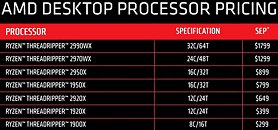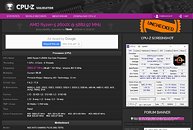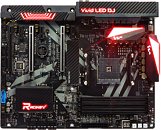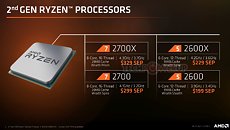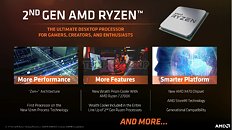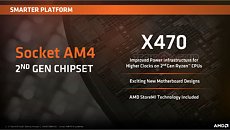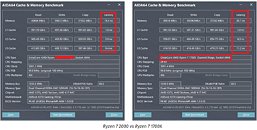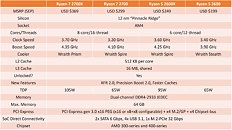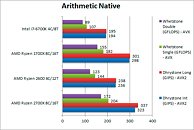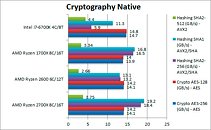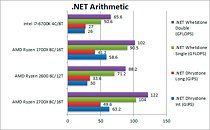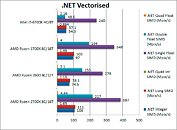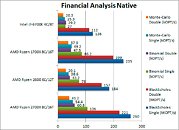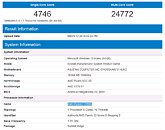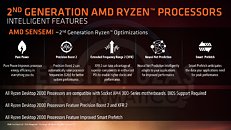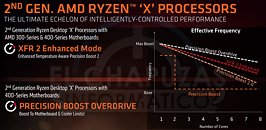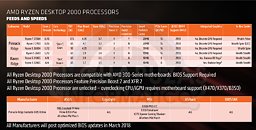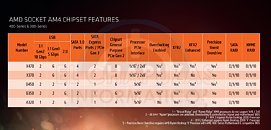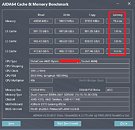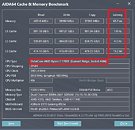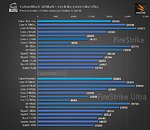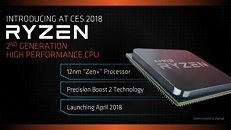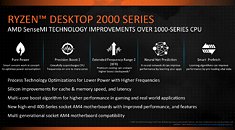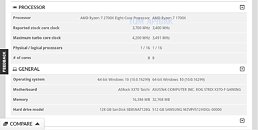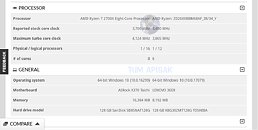AMD is preparing to launch its first wave of 12 nm Ryzen 2000-series "Pinnacle Ridge" processors in April, with possible
availability on the 19th. From all of the materials leaked to the web, it's becoming clear that the Ryzen 7 2700X will be the company's next flagship socket AM4 processor, with a "2800X" not being part of the first wave of "Pinnacle Ridge" chips. Adding further to the theory of the first wave of "Pinnacle Ridge" chips being led by the 2700X, is the leaked cover of the next issue of print magazine CanardPC, which screams "2700X," and includes a roundup of second-generation Ryzen parts from 2200G all the way through the 2700X. The 2700X, besides process and minor architectural refinements, also features higher clocks than the current company flagship in the segment, the Ryzen 7 1800X. It's clocked at 3.70 GHz base, with 4.35 GHz boost, and XFR 2.0 driving the clocks up even further, compared to the 3.60/4.00/4.20 GHz (base/boost/max-XFR) of the 1800X. For this reason alone, the 2700X will be a faster part.
AMD has the advantage of having sized up Intel's Core i7-8700K before deciding to lead with the 2700X. The possible 2800X will depend on Intel's short-term response to the 2700X. There were rumors late last year of a possible speed-bumped "Core i7-8720K." AMD's first wave of Ryzen 2000-series "Pinnacle Ridge" will be as brisk as Intel's first "Coffee Lake" desktop processors,
with just four SKUs - the Ryzen 7 2700X, the Ryzen 7 2700, the Ryzen 5 2600X, and the Ryzen 5 2600. Besides higher clocks, the chips could feature a minor IPC uplift (vs. first-generation "Summit Ridge") thanks to rumored faster (lower-latency) caches, support for higher memory clocks, updated Precision Boost algorithms, and XFR 2.0.

